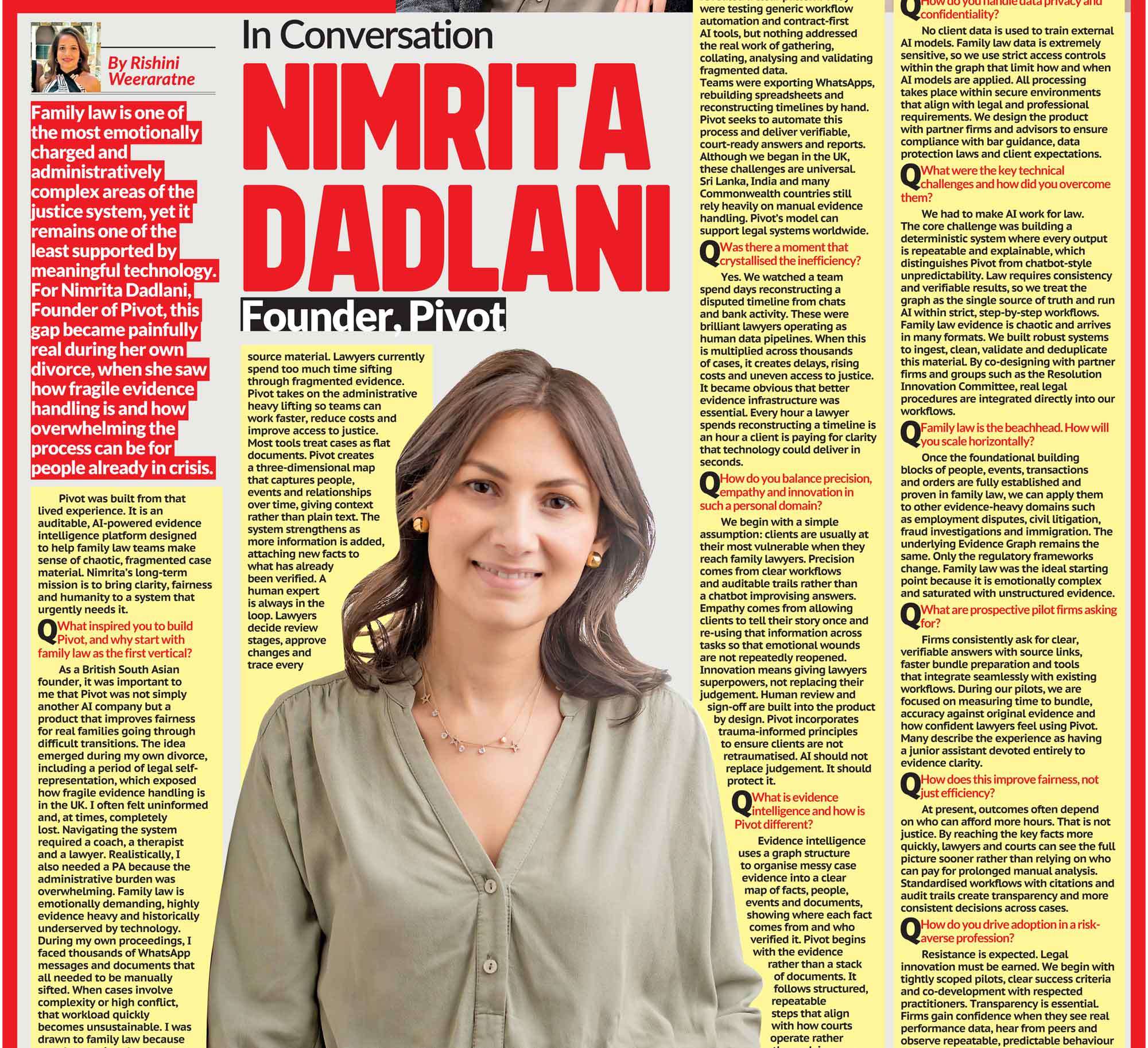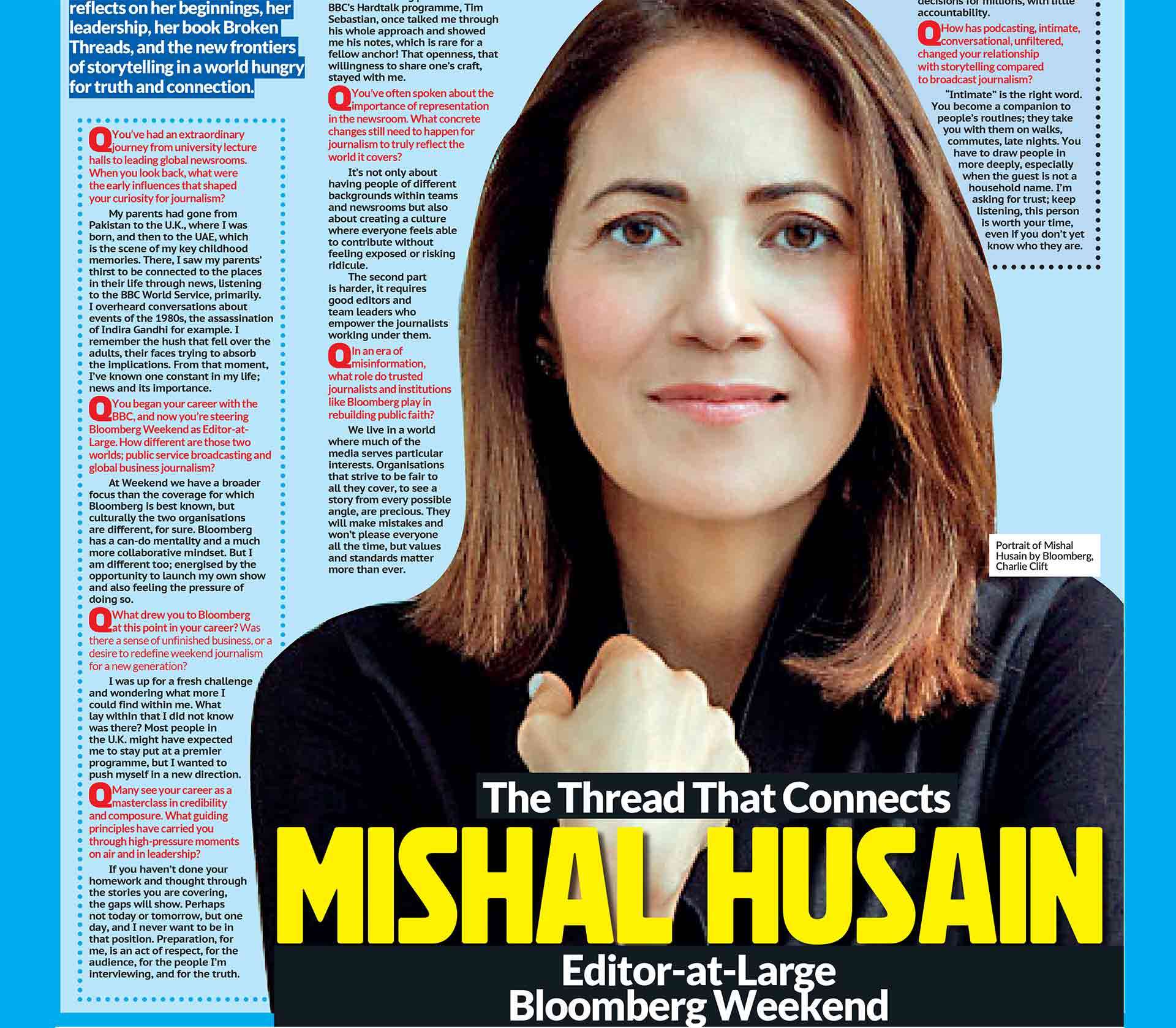
Few issues in contemporary sport generate as much passion and controversy as the participation of transgender athletes in women’s categories. What should be a celebration of women’s achievements has instead become a battleground where inclusion and fairness collide. This debate sits at the crossroads of biology, identity, law, and feminism. These fields rarely align neatly. To address the issue responsibly, we must ask a central question: how do we preserve women’s sport as a space created to safeguard opportunities for female athletes?
A Feminist Historical Context
Women’s sport has always been hard won. For most of history, women were excluded or sidelined from competition under the assumption that their bodies were too weak, fragile, or inferior to men’s. Title IX in the United States, and similar efforts elsewhere, sought to correct this imbalance by guaranteeing girls and women equal access to athletic opportunities. These protections rested on an obvious truth: male bodies, on average, are stronger, faster, and larger. This is why sport has long been divided by sex. For decades, sex verification tests were controversial and sometimes invasive. They reflected a persistent concern about protecting women’s categories. Today, with the growing visibility of transgender athletes and advances in endocrinology, the question has returned with even greater urgency: what does it mean to be eligible for women’s sport?
The Feminist Case for Fairness
Feminism has always insisted on fairness for women. Women’s categories exist because without them, female athletes would have been and still would be consistently overshadowed by male physiology. That reality has not changed. Transgender women who have undergone male puberty retain structural advantages that hormone therapy cannot erase. These include greater bone density, muscle mass, lung capacity, and limb length. Sports are often decided by fractions of a second, inches, or slight strength margins. These seemingly small advantages can mean the difference between winning a medal, breaking a record, or securing a college scholarship. To dismiss these differences in the name of inclusion is to ignore the very reason women’s sport was created: to give women a fair chance to compete on their own terms. Supporting women means protecting the category that feminism fought so hard to establish. If women’s sport is opened to those who experienced male puberty, the progress made under Title IX and other feminist milestones risks being undone. Female athletes would once again be placed at a disadvantage.

Science, Biology, and Reality
Endocrinology shows that testosterone has a profound impact on athletic performance, influencing muscle growth, haemoglobin levels, and recovery. Even after years of testosterone suppression, studies indicate that male-bodied athletes often retain measurable advantages.
This is not a matter of denying anyone’s identity. It is simply a matter of respecting biological reality in a context where biology matters most, which is competitive sport. Just as weight classes exist in boxing to protect smaller athletes, sex-based categories are necessary to protect women. To pretend otherwise is to abandon science and undermine fairness.
Governing Bodies and Policy Shifts
Recognizing these realities, many governing bodies have begun to reassert fairness as their guiding principle. World Athletics and World Aquatics (formerly FINA) have restricted participation of trans women in elite women’s events, citing the integrity of competition. Rugby authorities have also acted, noting that safety as well as fairness are at stake in contact sports. By contrast, organizations that prioritize inclusion without sufficient regard for fairness risk damaging women’s categories. Policies that permit male-bodied athletes into women’s events create conditions where cisgender women, the group these categories were built to serve, become the ones excluded from podiums, records, and opportunities.
Cultural and Ethical Stakes
The issue is more than technical or scientific. It is cultural and ethical. Women fought for generations to be taken seriously as athletes, to earn equal opportunities, and to have spaces where their achievements are recognized. Allowing male-bodied athletes to enter those spaces compromises the meaning of women’s sport. This is not hostility toward trans people. It is solidarity with women. Feminism demands we protect women’s spaces from erosion, even when doing so is politically unpopular. The ethical question is not whether inclusion is valuable. It is whether inclusion for some should come at the expense of fairness for women.

Paths Forward
While no solution will satisfy all sides, a feminist commitment to fairness suggests several directions:
- Preserve women’s categories as female only. This is the clearest way to protect the hard-won opportunities of women athletes.
- Explore open categories. Creating an open division could allow all athletes, including trans individuals, to compete without undermining women’s protections.
- Tailor policies by sport. Some activities depend less on strength and speed and may accommodate broader participation, while others cannot.
- Invest in further research. Long term data on the effects of hormone therapy may clarify future policies. Until then, the priority must remain safeguarding women’s sport.
At its heart, this debate is not about exclusion. It is about protection. Women’s sport was created because male and female bodies are not interchangeable. To ignore this truth is to abandon feminism’s core principle of defending women’s rights in the face of structural disadvantage. Transgender inclusion in society is important. However, when it comes to athletics, fairness for women must come first.
If we fail to defend women’s categories, we risk returning to a world where female athletes are pushed aside, their achievements diminished, and their opportunities erased. Protecting women’s sport is not only a feminist issue. It is a moral imperative.











